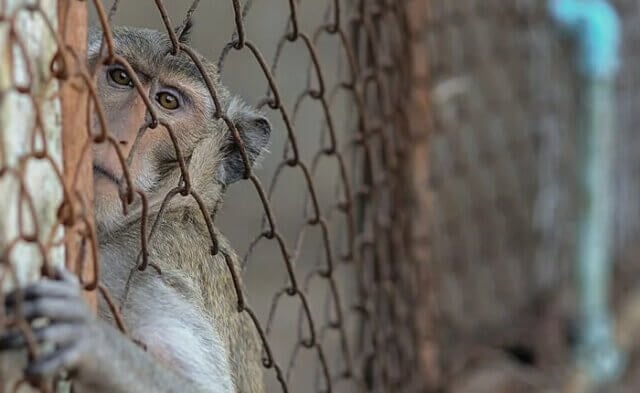One day my phone rang. It was my mother. She lived in a densely populated urban city. Sitting on her porch, she was surprised to hear “lots of roosters crowing.” The tight-knit neighborhood was abuzz: The mail carrier had delivered roosters to an apartment across the street. Left on the stoop in the blazing sun, the birds were in a box and were crowing like crazy. I gave her the number for animal control and told her to call and describe what was happening. To its credit, animal control went out immediately, seized all nine roosters and said it was a felony to harbor birds for cockfights—which is the only reason why people keep roosters in the city.
It was a happy ending for these doomed birds, but my mom wanted to know: Why is the post office delivering live animals through the mail?
Even with all the recent talk about what’s going on at the U.S. Postal Service (USPS), it likely comes as a surprise to most people to learn that USPS ships fragile, day-old chicks and other animals as if they were no different from junk mail. According to news reports, thousands of live chicks shipped through the mail have arrived dead in recent weeks following hurried cuts to mail delivery operations. Anyone who has received a mangled package or a torn-open letter can imagine the risks that the post office is exposing these vulnerable animals to.
But even with the best of turnaround times, the USPS treats animals like merchandise. The agency states that adult birds must be “able to sustain shipment without food or water.” For baby alligators, frogs, lizards, fish and other cold-blooded species, the agency states that they must “not require any food, water, or attention during transport.”
Over the years, PETA has received calls from postal employees reporting careless handling of these boxes of living, feeling beings, while on the receiving end, appalled carriers have reported boxes filled with dead and dying animals. One distraught whistleblower described a putrid liquid “oozing” out of a delayed box.
But the blame for this carnage cannot be placed solely on the postal service, which is just a link in this cycle of suffering. Mailed chicks are destined to be used as egg-producing machines or classroom hatching projects. Alligators will spend years in cramped tanks as novelty “pets” or in fetid grow-out pools until they’re finally killed for their skins and meat. Guinea birds, partridges, pheasants, quail and turkeys are likely destined for canned hunting operations, where they face a violent death. Scorpions will land in laboratories and be electroshocked to extract their venom. And roosters who aren’t fortunate enough to be saved by the intervention of a caring bystander will end up ripping each other to shreds in illegal cockfighting rings.
As long as the post office serves as an intermediary for businesses that breed and sell animals for profit, this merciless and mercenary cycle will continue. The post office’s struggles are real, but putting revenue above the lives of animals is no way to endear customers to its service. Shipping animals alongside fliers and bills is a mailing option that must be eliminated.





